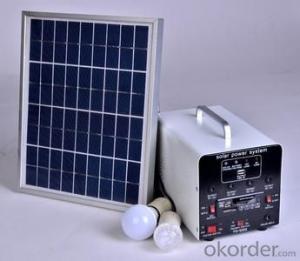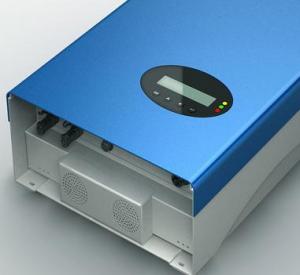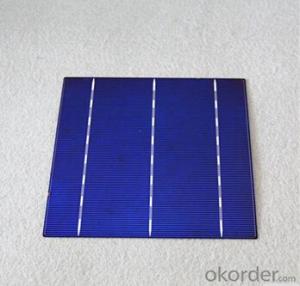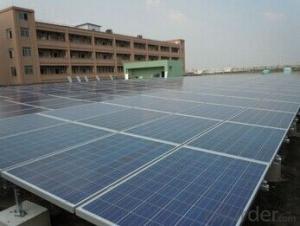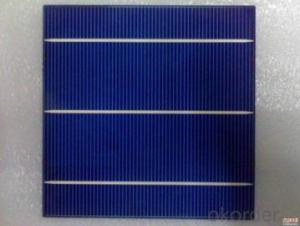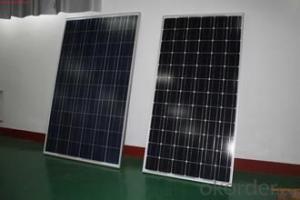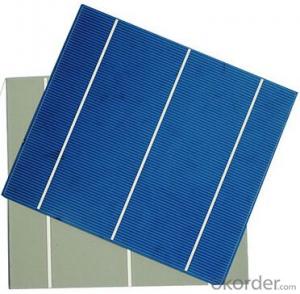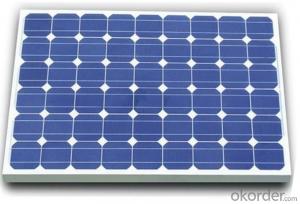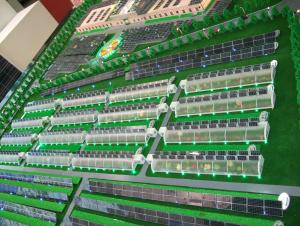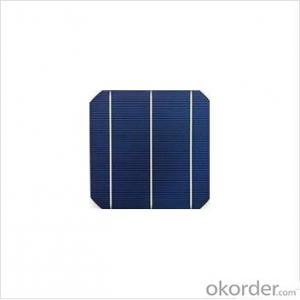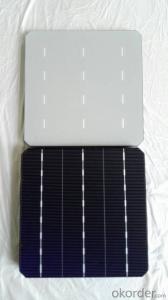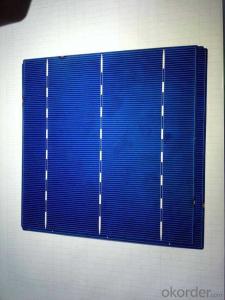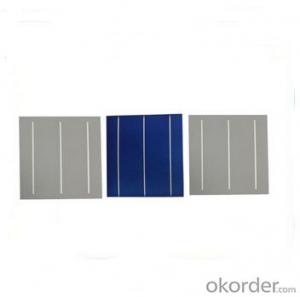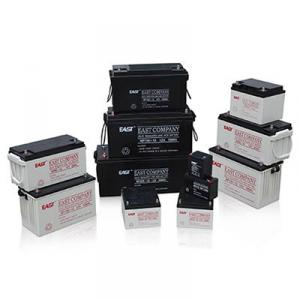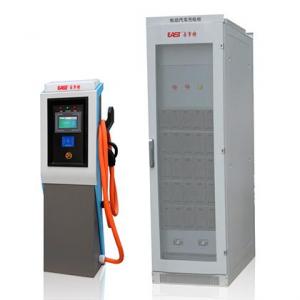Printable Solar Cells
Printable Solar Cells Related Searches
Printed Solar Cells Printable Organic Solar Cells Screen Printed Solar Cells Printed Organic Solar Cells Organic Printed Solar Cells Printed Solar Cells Technology Screen Printing Solar Cells Printed Solar Cells For Sale Printing Solar Cells At Home 3d Printed Solar Cells Printed Solar Cells Efficiency Foldable Solar Cells Csiro Printed Solar Cells Flexible Solar Cells Photovoltaic Solar Cells Affordable Solar Cells Folding Solar Cells Bendable Solar Cells Floating Solar Cells Plant Based Solar Cells High Performance Solar Cells Chipped Solar Cells Compact Solar Cells Flexible Polymer Solar Cells Custom Solar Cells Cheap Solar Cells Flexible Thin Film Solar Cells Pretabbed Solar Cells Folding Usb Solar Cells High Output Solar CellsPrintable Solar Cells Supplier & Manufacturer from China
Printable Solar Cells are an innovative type of photovoltaic technology that utilizes printable materials to create flexible and efficient solar panels. These cells are designed to be easily integrated into various applications, making them a versatile choice for both commercial and residential use. They can be applied to a wide range of surfaces, including rooftops, windows, and even portable devices, making them an ideal solution for harnessing renewable energy in a sustainable and eco-friendly manner.Printable Solar Cells offer numerous advantages over traditional solar panels, such as their lightweight and flexible nature, which allows for easier installation and transportation. Additionally, they can be customized to fit various shapes and sizes, making them suitable for a wide range of applications. From powering small electronic devices to providing energy for large-scale projects, Printable Solar Cells are a reliable and cost-effective solution for harnessing solar energy. They are also more environmentally friendly compared to traditional solar panels, as they require fewer resources to produce and have a lower carbon footprint.
Okorder.com is a leading wholesale supplier of Printable Solar Cells, boasting a vast inventory of high-quality products to cater to the needs of various industries. As a reputable supplier, Okorder.com ensures that their Printable Solar Cells meet the highest standards of performance and durability. By offering competitive prices and excellent customer service, Okorder.com has become a trusted source for businesses and individuals looking to invest in sustainable energy solutions. With their extensive selection and commitment to quality, Okorder.com is the ideal choice for those seeking to incorporate Printable Solar Cells into their projects or businesses.
Hot Products


